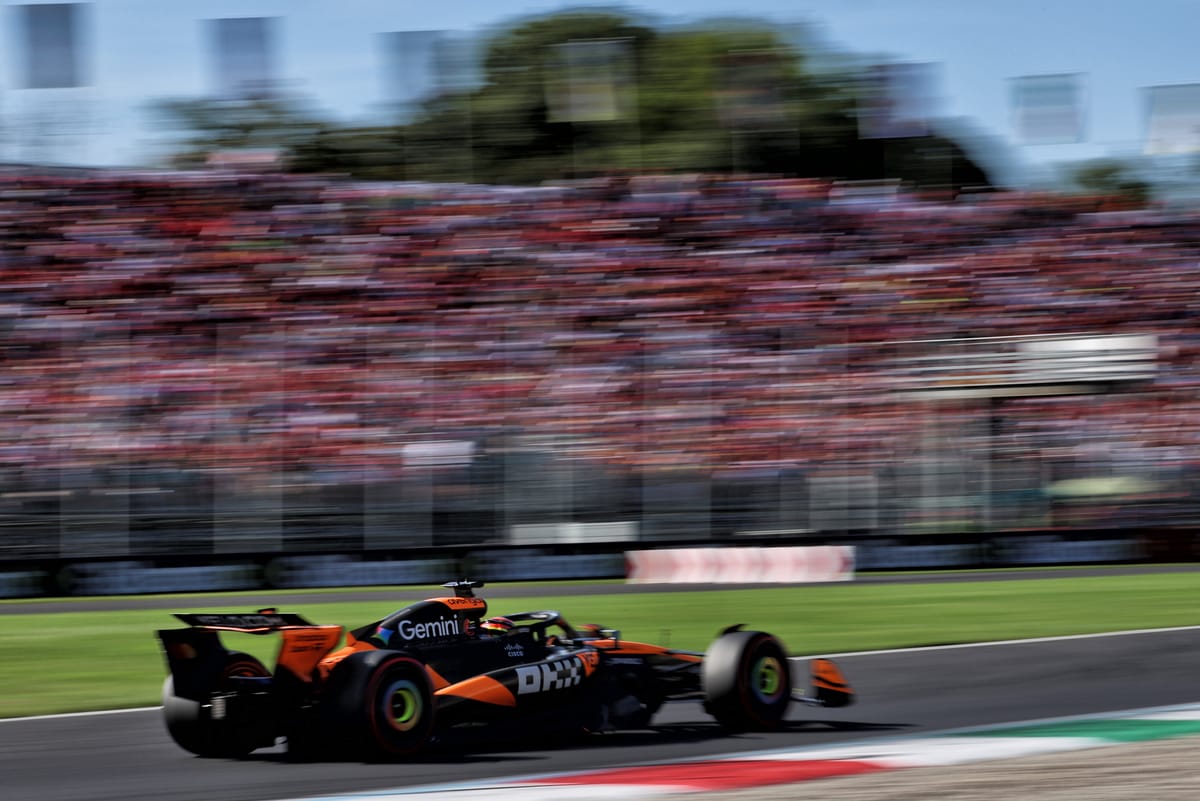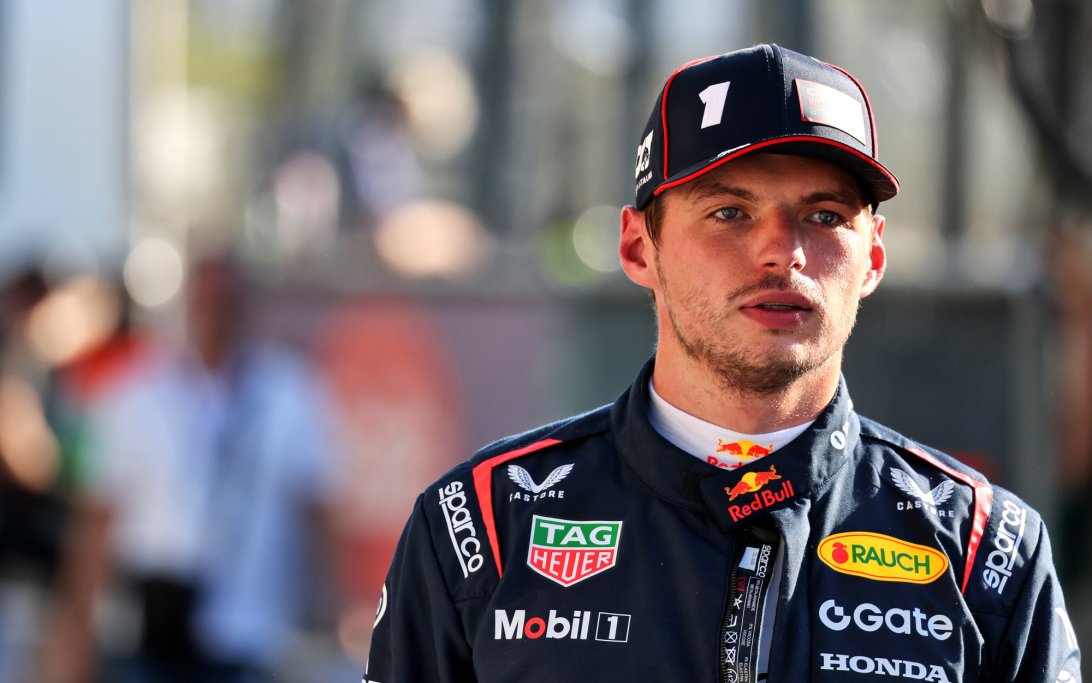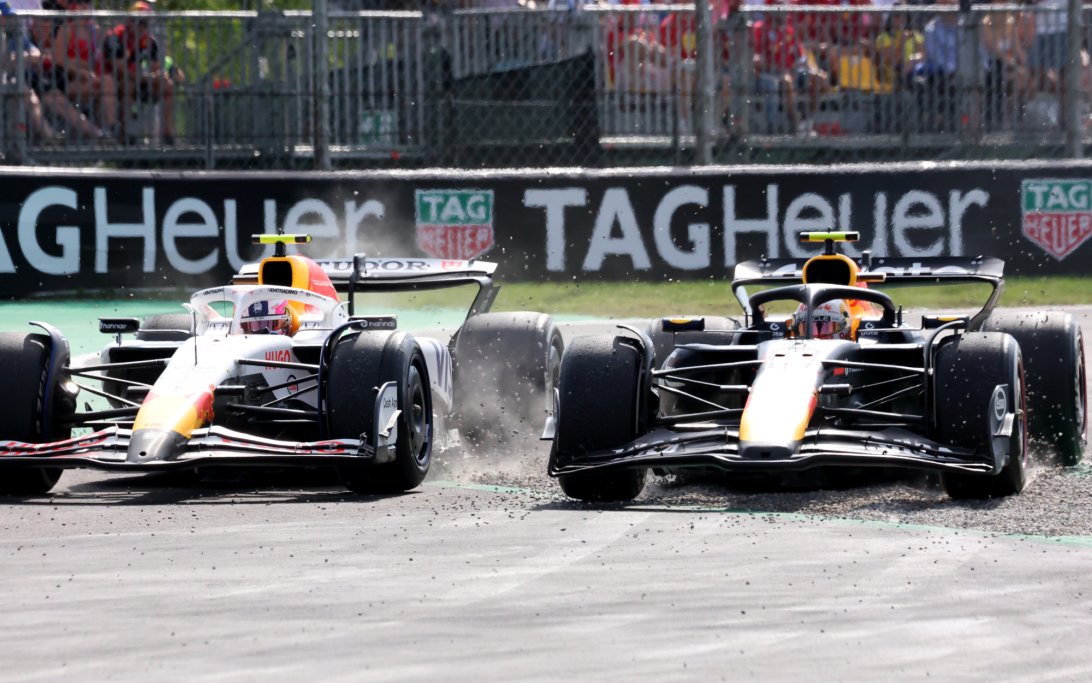
What Made McLaren Vulnerable at Monza?
Why it matters:
After a period of strong performance, McLaren faced its most challenging weekend in a while at Monza, losing its qualifying advantage to Max Verstappen of Red Bull. This unexpected shift has raised questions about the team's consistency on different tracks.
The big picture:
Lando Norris and Oscar Piastri, who recently enjoyed a comfortable lead, found themselves back in the pack at the Italian Grand Prix. Mercedes driver George Russell highlighted the perplexing inconsistency of McLaren's (and Ferrari's) performance, noting their struggle at Monza compared to previous strong showings at high-deg circuits like Imola.
The track's impact:
McLaren boss Andrea Stella attributes the team's reduced advantage at Monza to a combination of factors:
- Track Characteristics: Monza features long straights, where the MCL39 is not strongest, and only a few short-duration corners where it can typically gain time. This imbalance minimizes McLaren's cornering advantage compared to tracks like the Hungaroring or Zandvoort.
- Increased Grip: The 2024 resurfacing, which has now weathered in, provides more grip, leading to faster lap times (Max Verstappen's pole was the fastest ever at Monza). This increased grip makes the corners even shorter in duration, further limiting McLaren's 'grip-limited' zone.
- Full Throttle Ratio: During qualifying, McLaren spends 75% of the time at full throttle at Monza, compared to just 58% at the Hungaroring. This high-speed, low-corner environment doesn't suit the MCL39's design.
Aero concept differences:
- Efficiency at Downforce Levels: McLaren's car design achieves its best aerodynamic efficiency at higher downforce levels. At Monza's low-downforce setup, its efficiency is diminished relative to rivals.
- Red Bull's Strength: There's a consensus that Red Bull excels at low-downforce efficiency. Stella confirmed McLaren's understanding that when downforce levels are reduced, Red Bull is able to retain significant aerodynamic efficiency, potentially making it the overall best car in such conditions.
Red Bull's revival:
Red Bull has significantly improved its car compared to 12 months ago. The 2024 RB20 exposed major weaknesses at Monza, particularly with through-corner balance. For the current season, Red Bull addressed these issues, putting the RB21 in a much better operating window for low-downforce tracks, allowing Max Verstappen to attack corners with needed rotation.
What's next:
Qualifying performance at Monza doesn't always translate directly to race pace. Red Bull remains cautious, recalling a strong Zandvoort qualifying followed by a weaker race. An interesting dynamic for the race is that heavier cars (due to fuel) and tire degradation increase cornering time, as drivers brake earlier and accelerate later. This shifts the full throttle ratio from 75%/25% (qualifying) to 68%/32% (race), potentially pushing conditions more towards McLaren's favor.
Original Article :https://www.the-race.com/formula-1/whats-made-mclaren-beatable-at-monza/










